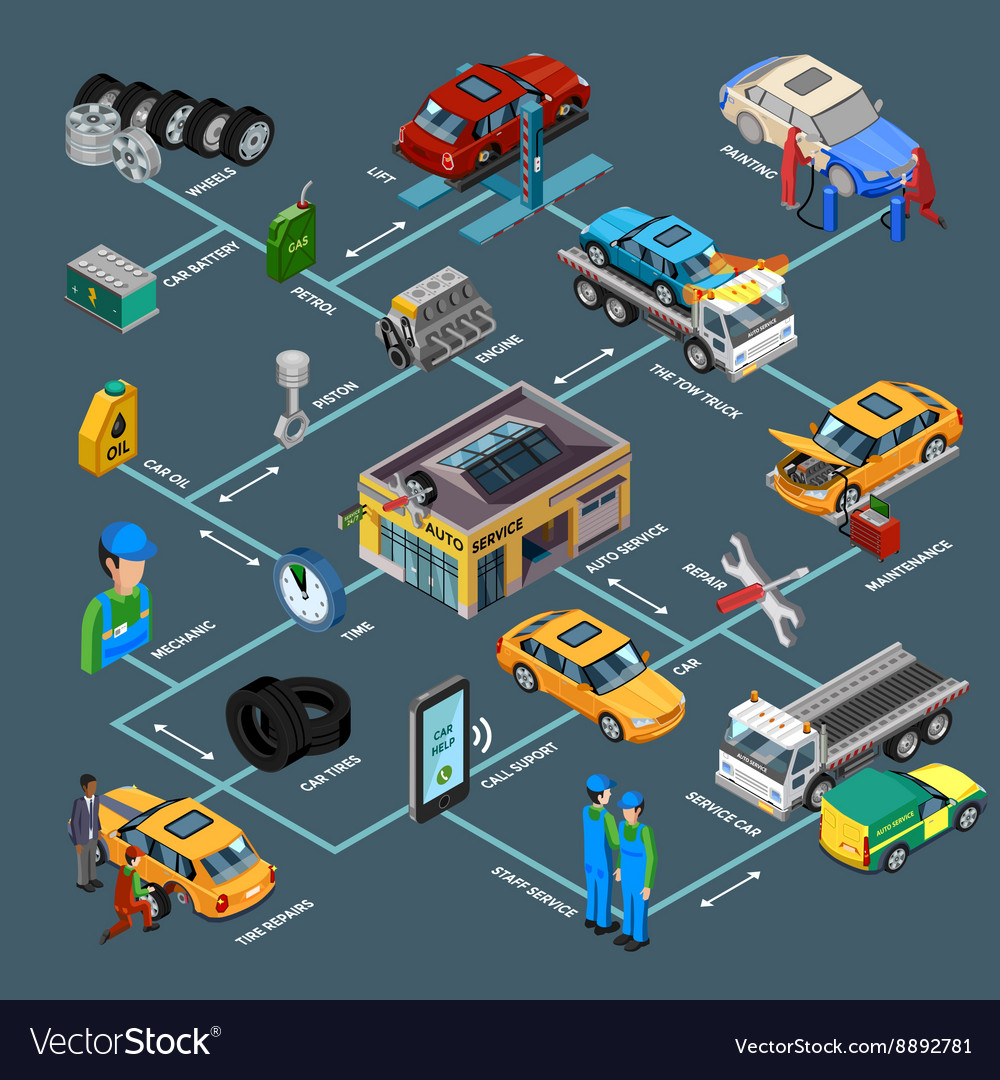Discover The Definitions Behind The Dashboard Caution Lights In Your Car To Safeguard The Health And Safety Of Your Car
Discover The Definitions Behind The Dashboard Caution Lights In Your Car To Safeguard The Health And Safety Of Your Car
Blog Article
Developed By-Peck Gross
When you lag the wheel, those radiant warning lights on your dashboard can be a little bit puzzling. Do you recognize what they're trying to inform you regarding your vehicle's health and wellness? Recognizing the value of these lights is essential for your safety and the durability of your vehicle. So, mouse click for source following time one of those lights turns up, wouldn't you want to decode its message properly and take the needed steps to resolve it?
Common Caution Lights and Interpretations
Determine common caution lights in your auto and understand their meanings to make sure risk-free driving.
One of the most common warning lights consist of the check engine light, which indicates problems with the engine or emissions system. If this light comes on, it's important to have your automobile examined quickly.
The oil pressure advising light suggests reduced oil stress, requiring instant focus to avoid engine damage.
A blinking battery light could recommend a damaged billing system, possibly leaving you stranded if not resolved.
The tire pressure tracking system (TPMS) light notifies you to low tire pressure, influencing automobile stability and fuel performance. Disregarding this could bring about risky driving conditions.
The ABS light shows a trouble with the anti-lock braking system, compromising your ability to quit rapidly in emergency situations.
Lastly, the coolant temperature advising light warns of engine getting too hot, which can lead to serious damages otherwise settled promptly.
Recognizing these common caution lights will certainly help you resolve problems quickly and maintain safe driving conditions.
Value of Prompt Focus
Comprehending the usual caution lights in your auto is just the primary step; the significance of without delay addressing these warnings can't be stressed enough to ensure your safety on the road.
When a warning light illuminates on your dashboard, it's your cars and truck's means of communicating a potential problem that requires focus. Overlooking these cautions can lead to more severe troubles in the future, compromising your safety and security and potentially costing you extra in repairs.
Motivate focus to warning lights can avoid failures and mishaps. For example, a flashing check engine light might show a misfire that, if left ignored, might cause damages to the catalytic converter. Addressing https://caidenojezt.dailyhitblog.com/33111767/eager-to-find-out-about-the-tricks-that-identify-the-credibility-of-a-vehicle-repair-garage can save you from a pricey repair service.
In a similar way, a brake system warning light might signal reduced brake liquid or worn brake pads, critical parts for your safety and security when driving.
DIY Troubleshooting Tips
If you observe a warning light on your control panel, there are a couple of DIY repairing suggestions you can attempt prior to seeking specialist aid.
The primary step is to consult your auto's handbook to recognize what the details caution light indicates. Occasionally the problem can be as straightforward as a loose gas cap causing the check engine light. Tightening up auto window repair near me may deal with the trouble.
One more typical problem is a low battery, which can trigger different alerting lights. Inspecting the battery links for rust and guaranteeing they're secure could repair the issue.
If a caution light persists, you can attempt resetting it by disconnecting the automobile's battery for a couple of minutes and afterwards reconnecting it. Furthermore, checking your vehicle's liquid levels, such as oil, coolant, and brake fluid, can aid troubleshoot warning lights associated with these systems.
Conclusion
Finally, recognizing your vehicle's warning lights is necessary for maintaining your automobile running efficiently and securely. By immediately resolving these notifies and recognizing what they mean, you can stay clear of expensive repair work and prospective failures.
Remember to consult your vehicle's manual for specific details on each cautioning light and do something about it as necessary to ensure a trouble-free driving experience.
Stay educated, stay risk-free on the road!
